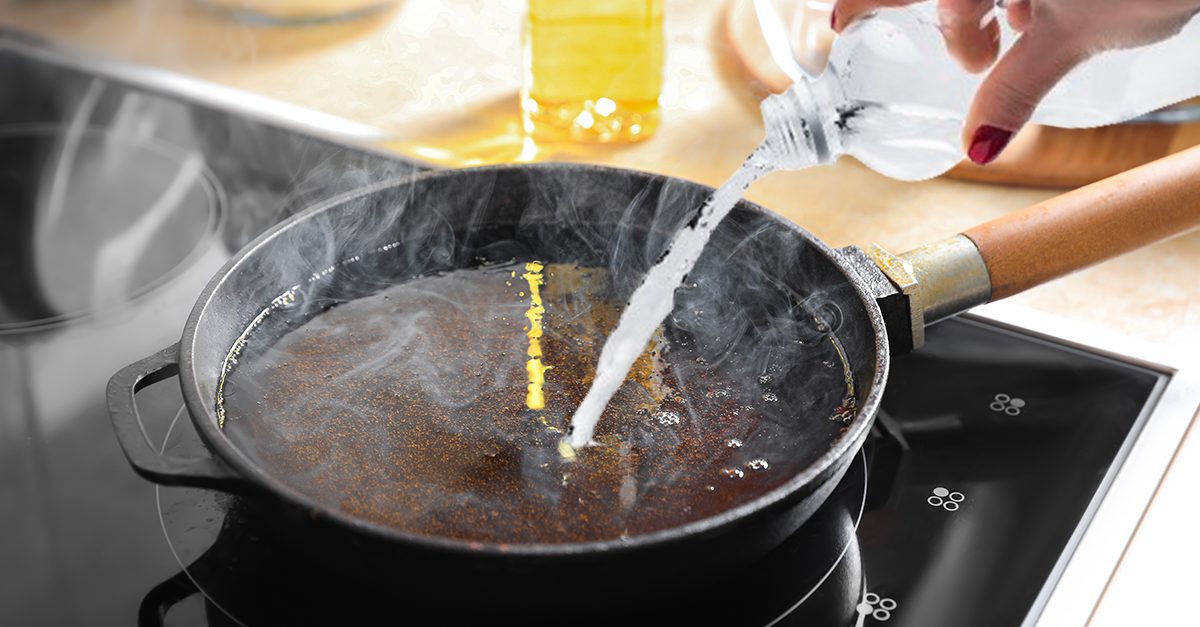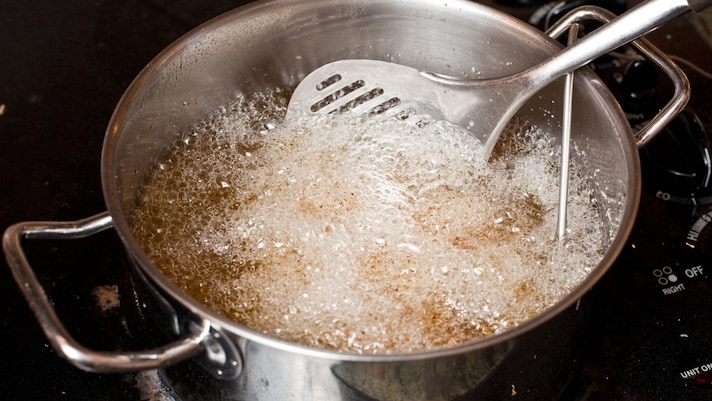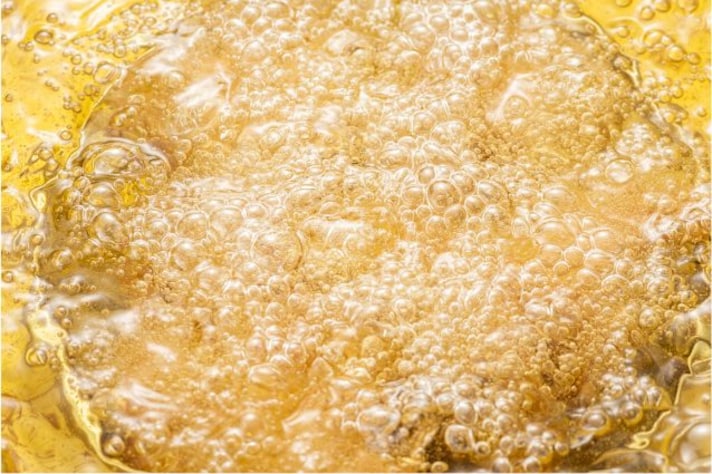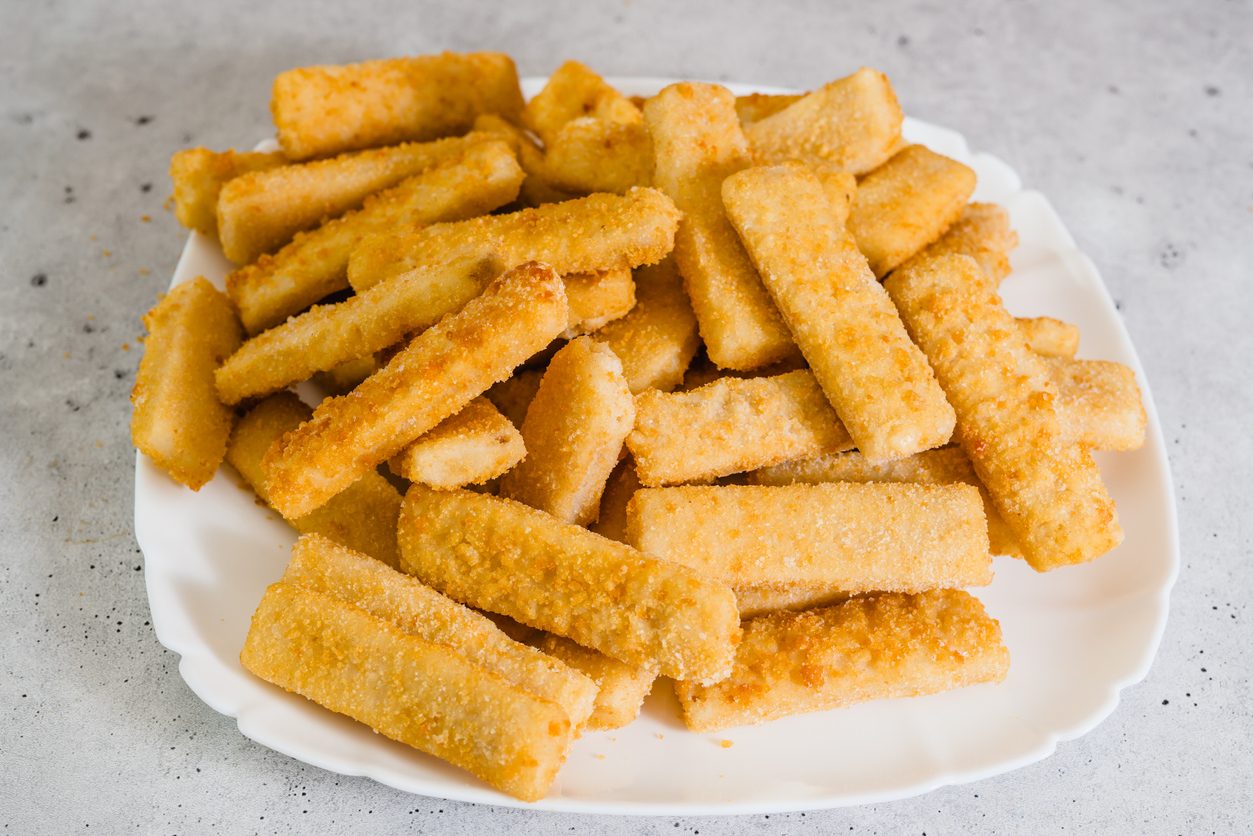Why You Should Never Add Water to Hot Oil
Adding water to hot oil is dangerous due to instant steam explosions and splattering, leading to severe burns and kitchen fires. Understanding the science behind it and following safety tips can prevent accidents, ensuring kitchen safety. Always dry food before frying and never douse oil fires with water.
;Resize,width=742;)
The kitchen, a vibrant heart of the home, is where creativity meets comfort, yielding delicious meals and memories. However, it's also a place where safety must be a priority, especially when dealing with the basics of cooking. A fundamental rule, often overlooked, is the danger of adding water to hot oil. This action, simple yet potentially catastrophic, can quickly escalate from a minor mishap to a serious safety hazard. Understanding why this mix is perilous not only enhances our culinary skills but also ensures our kitchen remains a safe haven for those culinary adventures. As we explore the reasons behind this crucial cooking guideline, it becomes clear that a little knowledge and caution can go a long way in preventing accidents.
The Dangers of Mixing Water and Hot Oil

Instant Steam Explosion
The introduction of water to hot oil is a recipe for a violent reaction. Due to the immediate vaporization of water upon contact, it expands rapidly, turning into steam at an exponential rate. This rapid expansion can lead to the oil being forcefully ejected from the pan, causing it to splatter or, in severe cases, explode. Such incidents not only pose a risk of causing kitchen fires but also endanger the cook with potential burns that can be severe.
Splattering Leads to Burns
The instant transformation of water to steam within the oil creates a forceful ejection of oil droplets. This splattering is not just a superficial kitchen mess; it's a scalding hazard. These splatters, carrying high temperatures, can land on skin or eyes, leading to painful burns or even long-term injuries. The unpredictability of the direction and extent of splattering increases the risk manifold, making it a significant concern for anyone in the vicinity of the cooking area.

The Science Behind the Reaction
The interaction between oil and water under heat involves more than just their liquid state. Oil, being denser and having a higher boiling point than water, does not mix with water. Instead, when water is added, it sinks to the bottom and comes into direct contact with the heat source. At the temperatures at which oil is typically used for frying, water doesn’t just heat up; it instantaneously vaporizes. This sudden shift from liquid to gas causes the violent reaction, as the water molecules expand dramatically in volume, seeking to escape the confines of the dense oil above them.
The fact that water expands approximately 1,700 times its volume when it turns to steam is at the core of why even a small amount of water can cause such a disproportionate reaction. This sudden and massive expansion generates enormous pressure within the oil, effectively creating a miniature explosion. The force of this pressure not only propels the oil out of the pan but also can send cooking utensils and ingredients flying, posing a danger to the cook and anyone nearby.

Preventive Measures and Safety Tips
To mitigate the risks of oil splattering, employing a splatter guard or a tight-fitting lid when frying can act as a shield, containing the majority of the oil within the pan. This simple tool can significantly reduce the risk of burns and keep the cooking area cleaner. Water in hot oil is often introduced unwittingly through wet food items. Ensuring that food is thoroughly dried before it comes into contact with hot oil can drastically reduce the likelihood of splattering. This step is crucial not only for safety but also for achieving the desired crispiness in fried foods.
The aftermath of cooking with oil also demands caution. Disposing of hot oil improperly, such as pouring it down the sink, can lead to accidents and plumbing issues. Cooling the oil and disposing of it in a sealed container is the safest method, preventing accidental burns and environmental damage. The presence of a fire extinguisher in the kitchen, along with the knowledge of how to use it, is indispensable. In the event of an oil fire, the instinct to douse it with water must be curbed as it can exacerbate the situation. Instead, covering the flame with a lid to cut off oxygen or using a fire extinguisher designed for grease fires is the recommended course of action.
;Resize,width=767;)

;Resize,width=712;)
;Resize,width=712;)
